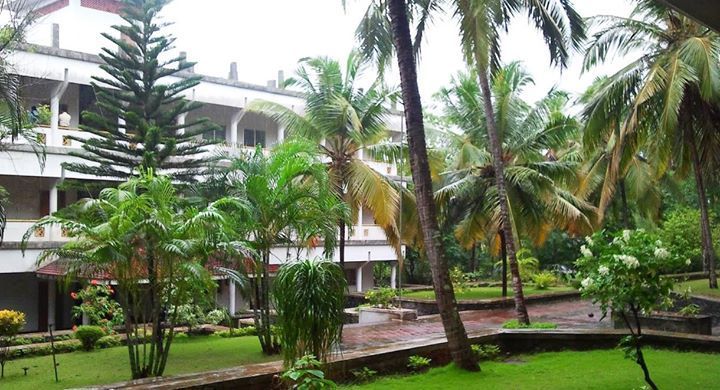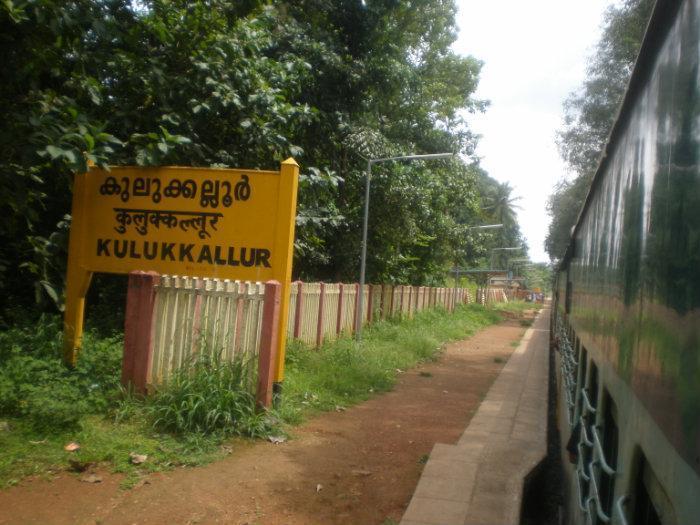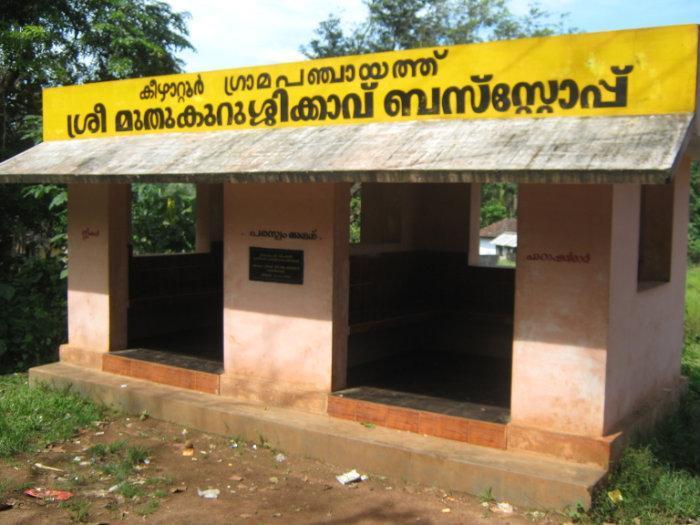



3,3′,5,5′-Tetramethyl-2,2′-biphenol
10.0 g of 2,4-dimethylphenol.................. of 3,3,′,5,5′-tetramethyl-2,2′-biphenol.1H NMR (400 MHz, CDCl3) δ = 7.00–7.03 (m, 2H) 6.87–6.90 (m, 2H), 4.94 (s, 2H, OH), 2.30 (s, 12H). 13C NMR (100 MHz, CDCl3) δ = 149.26, 132.14, 130.14, 128.64, 125.31, 122.30, 20.57, 16.31. Mp: 135 °C. GC purity >98%. Analytical data are in agreement with those previously reported.(37)
Kirste, A.; Nieger, M.; Malkowsky, I. M.; Stecker, F.; Fischer, A.; Waldvogel, S. R. Chem. - Eur. J. 2009, 15,2273– 2277, DOI: 10.1002/chem.200802556
- 2,2'-Biphenyldiol, 3,3',5,5'-tetramethyl- (8CI)
- 6,6'-Bi-2,4-xylenol (6CI,7CI)
- 3,3',5,5'-Tetramethyl[1,1'-biphenyl]-2,2'-diol
- 2,2'-Dihydroxy-3,3',5,5'-tetramethylbiphenyl
- 3,3',5,5'-Tetramethyl-2,2'-biphenol
- 3,3',5,5'-Tetramethyl-[1,1'-biphenyl]-2,2'-diol
- 3,3',5,5'-Tetramethylbiphenyl-2,2'-diol
cas 26567-10-2
Scalable and Selective Preparation of 3,3′,5,5′-Tetramethyl-2,2′-biphenol
† Institut für Organische Chemie, Johannes Gutenberg-Universität Mainz, Duesbergweg 10-14, D-55128 Mainz, Germany
‡ Evonik Industries AG, Paul-Baumann-Straße 1, D-45772 Marl, Germany
§ Lehrstuhl für Theoretische Chemie, Ruhr-Universität Bochum, D-44780 Bochum, Germany
Org. Process Res. Dev., Article ASAP
DOI: 10.1021/acs.oprd.6b00356, http://pubs.acs.org/doi/full/10.1021/acs.oprd.6b00356
*E-mail: waldvogel@uni-mainz.de.
P.S. : The views expressed are my personal and in no-way suggest the views of the professional body or the company that I represent.
///////////3,3′,5,5′-Tetramethyl-2,2′-biphenol, scaleup


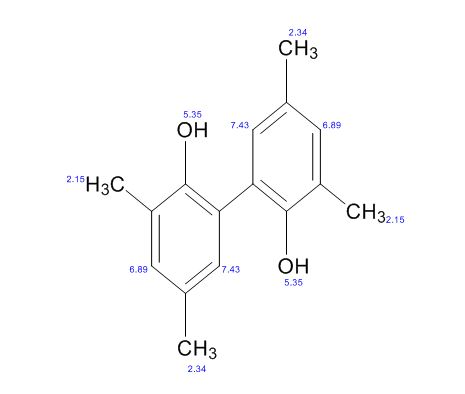
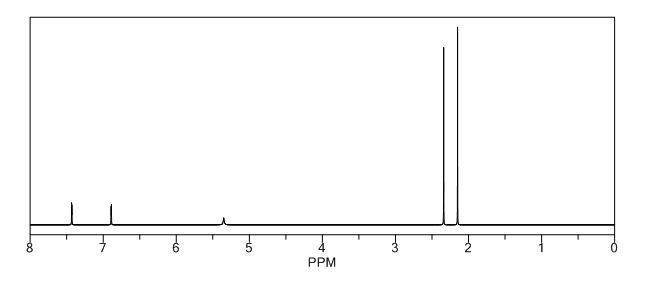
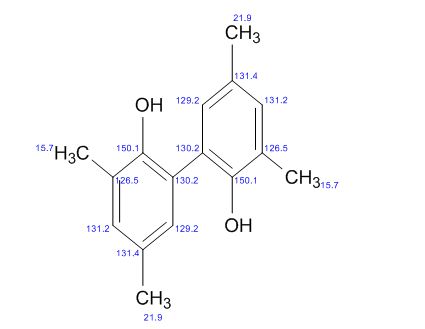
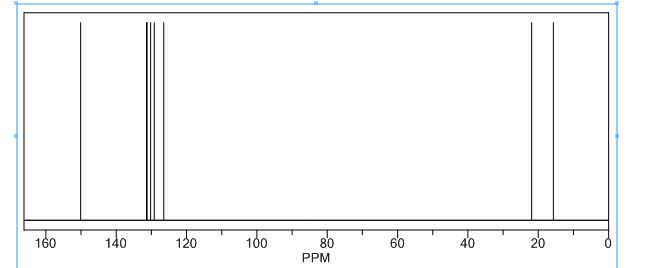





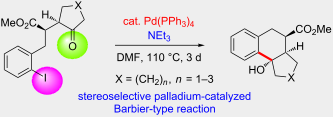 .
. Corresponding author email hreissig@chemie.fu-berlin.de
Corresponding author email hreissig@chemie.fu-berlin.de![[1860-5397-12-118-i1]](http://www.beilstein-journals.org/bjoc/content/inline/1860-5397-12-118-i1.png?max-width=550&background=EEEEEE)








